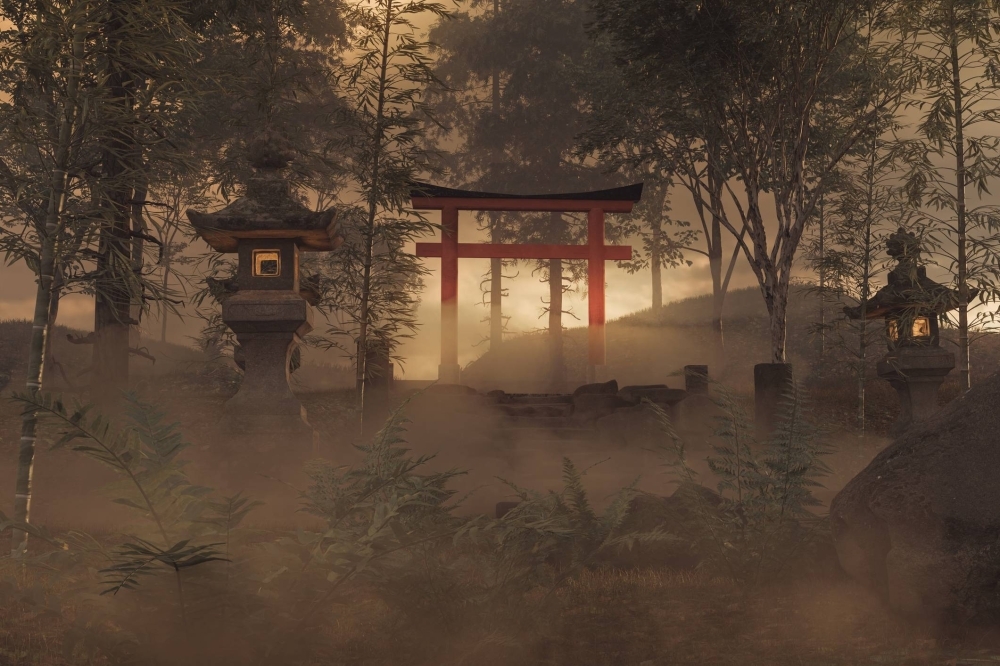The gates clanged shut. Japan was sakoku, a “closed country”: few foreigners in, no Japanese out, on pain of death. The background is convoluted but boils down to this:
The first Christian missionaries arrived in 1549. Welcomed initially, they soon came to seem an advance guard for imperialism to follow. Successive rulers wavered between friendly tolerance and blood-curdling persecution. For half a century it could have gone either way.
The decisive decree was issued by the shogun Tokugawa Iemitsu in 1637. Christianity was outlawed and Japan in effect removed itself from the world, persisting in rigid isolation for over 200 years. In 1854, the U.S. Navy’s famous “black ships” forced an opening at gunpoint. “Old Japan” died — giving birth, it might be said, to a new Japan as unimaginable to the denizens of sakoku as they are to us.



